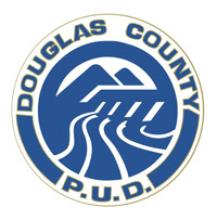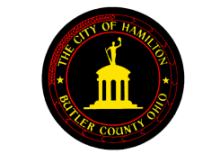New Hampshire FastRoads Update
New Hampshire FastRoads is leading the charge to connect the region. The project is funded by American Recovery and Reinvestment Act (ARRA) grants, private donations, and contributions from local communities. We spoke with Carole Monroe, Executive Director, to get an update on this open access network in rural western New Hampshire.
The first municipality to be connected to New Hampshire FastRoads, Richmond, was connected on November 1st. One-third of the network is now lit and the remainder will be completed and lit by November 30, 2013. Monroe tells us most of the 235 community anchor institutions (CAIs) have fiber terminated at their facilities and connections can be easily configured to 1 Gbps.
There are also 75 residential customers, many of whom are choosing 20 Mbps symmetrical service. A smaller number take 50 Mbps or 100 Mbps symmetrical service. Monroe notes that people in the community with home based businesses or telecommute are signing up quickly.
Monroe also told us about the Hampshire Country School, a private boarding school in Ringe and CAI. Before FastRoads, the school had only a T1 line. They will be connected with 50 Mbps by the end of the month.
We also touched base with Kenneth Kochien, Director of Information Services at Colby-Sawyer College in New London. The college is one of the many CAIs along the network. Kochien told us via email:
NH FastRoads provides our institution with alternative bandwidth solutions which have made a very significant difference in both affordability as well as enabling us to pursue various cloud-based strategic services. In other words, more than one budget line is impacted by having affordable and sufficient bandwidth.
Most importantly, it has enabled us to provide quality Internet experience for our students. As is well known, students seemingly have an insatiable appetite for multiple devices along with the need for continuous connectivity to social media. All of that is dependent on bandwidth.








